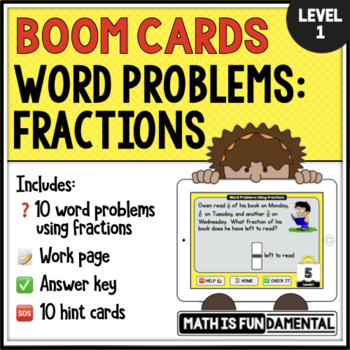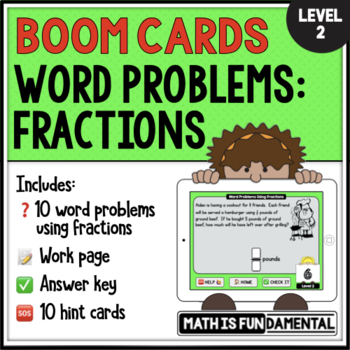We’ve all been through this. Students can solve problems on a worksheet in isolation, but when they are given the same concept in a word problem, they are lost.

No worries. I’ll walk you through how I implement problem solving skills in my classroom.
Pay attention to DOK. We know that providing questions with rigor and high depth of knowledge (DOK) is essential to math growth. In addition, on our state tests, at least 40% the points on our tests are devoted to DOK 2 or higher.
Not familiar with DOK? Here’s a handy-dandy reference chart I threw together for ya!

Practice is Key. When I first started teaching, I saw right away the importance and positive impact of giving students lots and lots of practice with problem solving. I created problems for real world situations. I created sets of problems that started with the easiest questions and built in rigor by the end. I partnered students so that students could talk about the math and help each other persevere through challenging questions. I always make sure to include problem solving along with each math unit.
The CUBES method. When I teach solving word problems, I teach my students to first, read the problem. Second, they read the problem again and go through the steps of the C.U.B.E.S. method. Why read it twice? I wish I had a nickel for each time a student has come up to me saying, “I don’t understand.” I simply read the math problem aloud, and they suddenly go, “OOOoohh! I get it now!” 🤦♂️
To me the CUBES method is helpful for getting rid of the noise when solving a math word problem. It helps kids focus on what is most important. I put particular emphasis on the key words step (BOX) as that is the most important step in my opinion. This is step where we determine what to do with all of the numbers. Here is a helpful reference poster I use when I first teach my students this method. Click HERE for a FREE COPY of this poster 👇

Add Tools to Their Toolbox. A common struggle with problem solving is that students would still often not know how to get started and then would become frustrated. Logically, they’d come up and ask me for help. I typically will give them strategy suggestions to give them a gentle nudge in the right direction. (But never too much help).
I learned that it is helpful to teach problem solving strategies explicitly along with example problems we would do. It is important to stress with students that these strategies are tools in their toolbox. And like real tools, oftentimes different strategies can get us to the same result. It is important to celebrate divergent thinking when students find different ways of getting to a solution. It also makes a healthy discussion to discuss why students may prefer one strategy over another. Click the HERE a FREE COPY of this poster 👇

Problem Solving Lessons Used to Be Exhausting. Even though I knew it was important, I started to unconsciously avoid doing problem solving with my students because it was often leaving them feeling defeated and leaving me drained of patience and energy. With a busy class period of suggesting strategies, clarifying misunderstandings, and checking papers as students worked, I found that by the end of “problem solving days”, I felt #teachertired. If you know, you know.

Just Right is Key. Not just for math, but for learning in general, I believe it is important to keep kids in the “Goldilocks zone.” That is to say, the math work they complete should be not too easy where they become bored and not too difficult that they become frustrated and shut down. Hitting that sweet spot, however, can be a big challenge.

Differentiation to the Rescue. As a result, I started creating differentiated sets of all of my word problems – one building on skills from the previous year (in my case, 3rd grade) and one with 4th grade state test level rigor. This helped a lot to keep all students appropriately engaged and challenged. It was also very popular with my administrator as I was able to use this as a great example of how I am working to meet the needs of all of my students. For ease of explanation (and my own sanity), I always made the easier decks yellow in background and the more challenging decks green.
How to Avoid the Overwhem. To get around the long line up at the teacher desk problem, I added all of my word problems into self-checking Boom Learning decks. This has been an amazing tool and has allowed me to really level up my problem solving assessment.
Completing these questions in Boom has allowed the students to:
- work at their own pace
- self-check each question
- skip around and do problems out of sequence
- build their self-confidence and resilience with solving difficult word problems
This has allowed me to:
- provide scaffolded hints and strategies within the decks
- automatically store data within Boom on student progress
- get out from behind my desk and help the students as they need it
I just added two new word problem Boom decks for finding Area and Perimeter. My students really enjoyed these, and it helped them see many real life variations of questions using these skills. Check them out below:
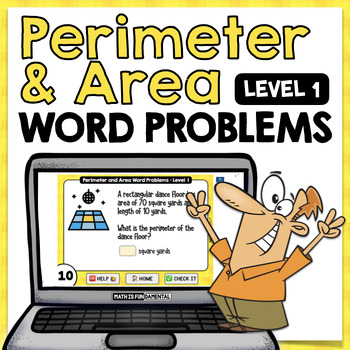

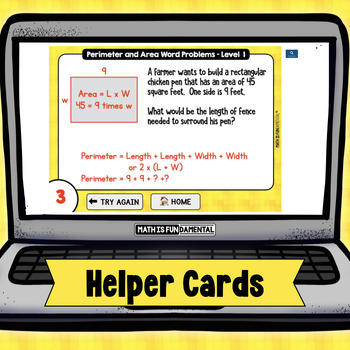
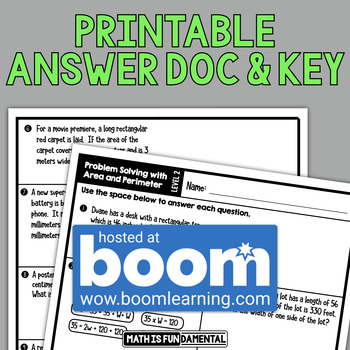
These decks and many other differentiated practice sets can can be purchased individually or you can get the whole shebang as part of my word problem growing bundle at half price.

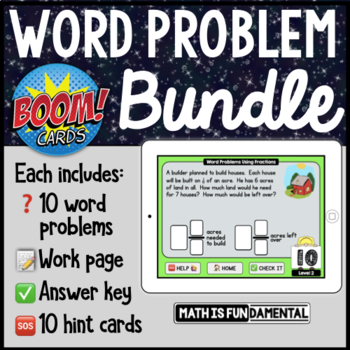
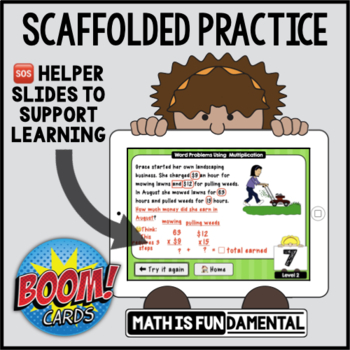
Here are some other popular word problem decks in TpT store.


